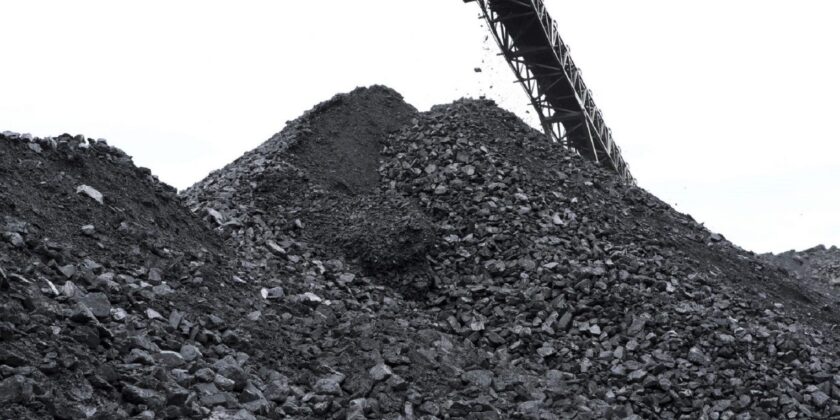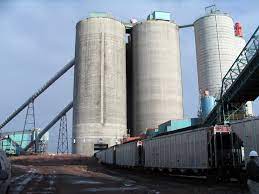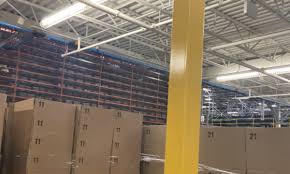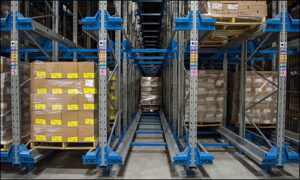Introduction
Coal has long been a keystone of global energy production, playing a crucial role in powering industries and generating electricity. Efficient and environmentally responsible coal storage methods are essential to minimize environmental impact. Let us explore the advantages of different methods of coal storage in terms of environmental sustainability.
Covered Storage Facilities
Covered storage facilities represent a conventional yet effective method for storing coal. These facilities consist of large sheds or domes that shield the coal from the elements. The primary advantage of covered storage is the prevention of coal exposure to rain and wind, reducing the likelihood of dust emissions and water runoff. This method significantly mitigates the environmental impact associated with airborne pollutants and water contamination.
Silo Storage
Silo storage involves storing coal in tall, vertical structures with airtight seals, preventing exposure to external conditions. The advantage of silo storage lies in its ability to minimize the risk of spontaneous combustion, a common concern in coal storage. The controlled environment within silos ensures that the coal remains stable and reduces the potential for environmental hazards.
Pile Storage with Encapsulation
Pile storage, while less controlled than covered facilities, can still be environmentally friendly when combined with encapsulation techniques. Encapsulation involves covering coal piles with impermeable membranes or foams, creating a barrier against moisture and limiting the release of pollutants. This method is particularly effective in preventing the discharge of harmful substances into the surrounding environment, promoting sustainable coal storage practices.
Automated Storage & Retrieval Systems
Advancements in technology have led to the development of automated storage and retrieval systems, providing an innovative solution for coal storage. These systems utilize robotic mechanisms to handle coal storage and retrieval operations, minimizing human exposure to hazardous environments. The automation of these processes enhances safety, reduces the risk of accidents, and contributes to a more environmentally conscious approach to coal storage.
Environmental Advantages
- Dust Mitigation: Covered storage facilities, silos, and encapsulation methods effectively control dust emissions, reducing the environmental impact of airborne pollutants associated with coal storage.
- Water Contamination Prevention: The implementation of covered storage and encapsulation techniques prevents water runoff and leaching, mitigating the risk of water contamination from stored coal.
- Spontaneous Combustion Control: Silo storage and advanced encapsulation methods contribute to the prevention of spontaneous combustion, minimizing the release of harmful emissions and environmental hazards.
- Automation for Safety: Automated storage systems enhance safety by reducing human exposure to potentially hazardous environments, aligning with environmental sustainability goals.
Conclusion
As the global focus on environmental sustainability intensifies, the coal industry must adopt advanced storage methods to minimize its ecological track. Covered storage facilities, silo storage, pile storage with encapsulation, and automated storage and retrieval systems offer viable solutions to address environmental concerns associated with coal storage. By incorporating these methods, the coal industry can contribute to a cleaner and more sustainable energy landscape.






